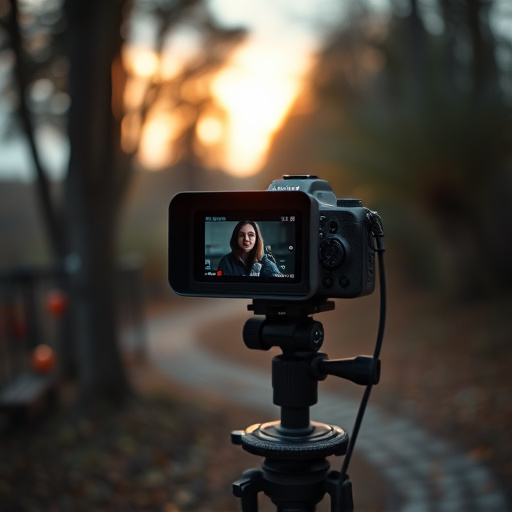A surge in miniature surveillance devices, driven by tech advances and consumer needs, includes concealed cameras integrated into everyday objects for babysitter monitoring. These tools offer parents peace of mind but raise legal and ethical concerns regarding privacy rights and trust. Balancing these issues requires compliance with local laws, consent, and respect for personal boundaries, emphasizing transparency and privacy protection in home surveillance technology implementation.
In today’s digital age, miniature surveillance devices hidden within everyday home objects are becoming increasingly common. From smart speakers to seemingly innocuous decorative items, these concealed cameras offer a false sense of privacy. This article delves into the rise of hidden cameras, exploring legal and ethical boundaries, and how technology is being integrated into our living spaces as both a convenience and a potential invasion of privacy. We also discuss the use of these devices for essential tasks like babysitter monitoring, balancing security with respect for personal space.
- Understanding the Rise of Hidden Cameras
- Legal and Ethical Considerations for Home Surveillance
- Integrating Technology: Smart Objects as Spying Tools
Understanding the Rise of Hidden Cameras
In recent years, there has been a notable surge in the popularity of miniature surveillance devices, particularly hidden cameras that seamlessly integrate into everyday home objects. This trend is driven by evolving technology and changing consumer needs, with one prominent application being concealed cameras for babysitter monitoring. Parents are increasingly utilizing these innovative tools to ensure the safety and well-being of their children while at home with caregivers.
The convenience and discretion offered by hidden cameras have made them an attractive solution for modern families. These tiny devices allow parents to remotely monitor activities, ensuring a secure environment for their kids. As technology continues to advance, miniature surveillance equipment becomes increasingly accessible, offering peace of mind in an era where privacy and safety concerns are ever-present.
Legal and Ethical Considerations for Home Surveillance
The integration of miniature surveillance devices into everyday home objects raises significant legal and ethical questions. While hidden cameras, like Concealed Cameras for Babysitter Monitoring, can offer peace of mind to parents, they also infringe on privacy rights. The placement of these devices in private residences without explicit consent from all occupants is generally considered illegal in many jurisdictions. Additionally, the ethical implications extend beyond legal boundaries; constant surveillance may erode trust between family members and potentially violate an individual’s right to privacy.
Navigating this delicate balance requires a nuanced approach. Homeowners must ensure they comply with local laws regarding surveillance, obtain consent when necessary, and consider alternative methods for monitoring that respect personal boundaries. Ethical considerations underscore the importance of transparency, proportionality, and respect for privacy in implementing home surveillance technology.
Integrating Technology: Smart Objects as Spying Tools
As technology continues to evolve, everyday objects are becoming increasingly “smart,” equipped with tiny sensors and cameras that can capture and transmit data. This integration of technology into our homes has led to innovative solutions for parents seeking to monitor their children’s activities while they’re away at work or school. One such application is the use of concealed cameras in home objects like toys, picture frames, or even light bulbs, providing a subtle yet effective means of babysitter monitoring.
These hidden surveillance devices offer peace of mind by allowing parents to remotely watch and listen to their child’s environment, ensuring the babysitter’s conduct and safety. The technology is so advanced that it can provide live video feeds, motion detection alerts, and even two-way audio communication, all accessible through a smartphone app. This development raises questions about privacy, but it also represents a significant step forward in home security and family monitoring.
As we’ve explored, miniature surveillance devices integrated into everyday home objects present both innovative solutions and significant challenges. While tools like concealed cameras for babysitter monitoring can enhance security and peace of mind, it’s crucial to navigate the legal and ethical landscapes carefully. As smart objects become more prevalent in our lives, society must strike a balance between convenience and privacy, ensuring technology serves as a beneficial tool without compromising individual freedoms.
